Captain Norman L. Aigner: An Ordinary Guy
If you’ve been reading my blog with any regularity, you have probably come across more than one article about an “ordinary guy” who was completely extraordinary in battle.
This article is about one such man. There is a recurrent theme pointing to Norman Aigner being quite an average guy. Don’t get me wrong: Speaking from experience, being an average, ordinary guy is a pretty good thing to be in this life. But I am always in awe of men who prove themselves to be unspeakably brave and capable, who take extraordinary risks, when the lives of others are riding on their shoulders.
***
Norman Louis Aigner, of Boydton, Virginia, was born on June 15, 1918, the son of Joe and Miriam Olive Aigner. Joe was the owner of Laurel Hill Dairy Farm, in Roxbury, VA. Norman had the “usual childhood diseases,” and underwent a tonsillectomy in 1938. He attended Charles City High School in Virginia, and then attended Virginia Polytechnic Institute, gaining his Bachelor of Science degree in Agronomy in 1939, apparently intending to continue on in the family business.
Joining the Army on July 5, 1940, Aigner received his commission as a 2nd Lieutenant in the Infantry on February 19, 1941. On his enlistment forms, he stated that he had a slight knowledge of speaking and reading French, and, under “Athletic Ability” wrote, “Swimming, baseball, etc.”
In May of 1941, he was sent for training to the base of the 501st Parachute Infantry Regiment, at Fort Benning, Georgia. At the end of 1941, he was promoted to First Lieutenant. While there, he sprained his right ankle, and was required to refrain from jumping until January of 1942. His fitness reports were ordinary. In June of 1941, the general estimate prepared by this commanding officer of him stated,
“This officer is unassuming, quiet, practical, although he does not display much initiative. He obtains satisfactory results.”
He later attended glider training school at the 24th AAF Glider School at Okmulgee, Oklahoma, and then was sent to the AAF Advanced Flight School at Stuttgart, Arkansas.
He was assigned to the 53rd Troop Carrier Wing while in England. On June 6, 1944, he was temporarily reassigned to the 437th Troop Carrier Squadron as the co-pilot of an Airspeed Horsa Glider, a British glider used to carry troops and equipment. Somewhere over Blosville, his glider was released. It was heavily laden, carrying a jeep, phones and wire, loading equipment, and four passengers from the 82nd Airborne Division. Shortly thereafter, the glider crashed.
The Missing Air Crew Report generated to record the details of the loss of Captain Norman L. Aigner and crew provides little detail regarding how the glider was downed. However, a letter to his father from the US Army provides a little more information:
“Further information … indicates that Captain Aigner was in a glider which participated in a mission to Cherbourg Peninsula …. [F]ull details are not available, but the report indicates that during this mission, about 9:15 p.m., south of St. Mere Eglise, France, your son’s glider was released from the tow plane and made a left turn. There was machine gun fire in the vicinity but it is not known whether or not the glider sustained damage. The above facts constitute all the information available with reference to the disappearance of this craft….”
Although Aigner’s file doesn’t give any other clues about the incident that brought down his heavily-laden glider, another airman I researched, Technical Sergeant Arthur L. Perez witnessed the event:
“I saw Glider cut off normally, taking a 45 degree left turn and pushing nose into a steep glide. Machine guns concentrated on this Glider (LJ 161) after puncturing our right wing.”
With “machine guns concentrated” on Captain Aigner’s glider, it’s hard to imagine it crashed without sustaining at least one direct hit.
***
Lieutenant Aigner’s remains were buried two days later, on June 8, 1944. At the request of his next of kin, his body remains overseas, buried in Plot C, Row 17, Grave 15, at the Normandy American Cemetery at Colleville-sur-Mer, France. He was awarded the Purple Heart, the Air Medal, and the French Croix de Guerre with Bronze Star.
The co-pilot of Captain Aigner’s glider was Flight Officer Dominic Salemme, of New Haven, CT. FO Salemme survived this harrowing experience, only to be shot down and killed over Holland on September 17, 1944, during the now-famous airborne operation known as Market Garden.
There were two passengers (totaling the four men on the glider) from the 82nd Airborne Division. They were Corporal Anthony Apicella of Ohio (killed) and Private First Class Harry K. Lamb (survived).
While Norman Aigner’s commanding officer was underwhelmed during his training, he achieved the rank of Captain and distinguished himself when it mattered most.
The Air Medal, established by Executive Order on 11 May 1942 and amended by Executive Order on 11 September 1942, is awarded to a person who, while serving with the United States Armed Forces, has distinguished himself or herself by meritorious achievement while participating in aerial flight. Awards may recognize single acts of heroism or merit, or may recognize sustained meritorious service over a period of six months or more. The Air Medal primarily recognizes personnel on flight status requiring frequent participation in aerial flight. It may be awarded to personnel not on flight status whose duties require frequent flight other than in a passenger status. The Air Medal ranks behind the Distinguished Flying Cross in order of precedence.
Captain Aigner is gone, but is not forgotten and he is far from ordinary.
For more information about Captain Aigner’s final flight, see an earlier blog post, “Machine Guns Concentrated.”
Image credits:
- (Header image) Captain Norman L. Aigner, US Army photo
- Captain Norman L. Aigner, US Army photo
- A jeep is loaded aboard a Horsa glider during a large scale airborne forces exercise, 22 April 1944. US Army photo
- Norman Aigner, Virginia Tech, 1939, Virginia Tech yearbook photo
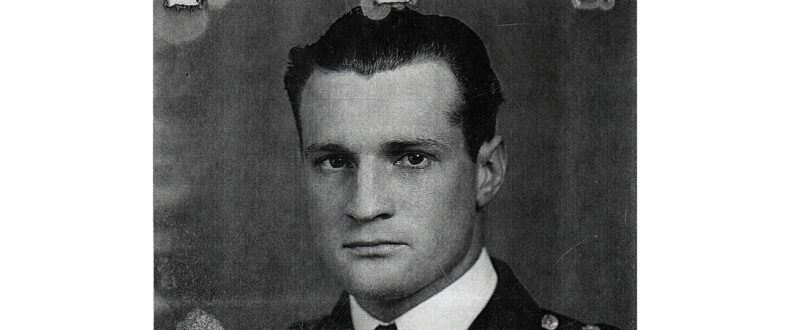
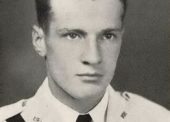
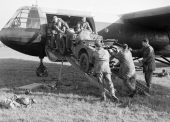
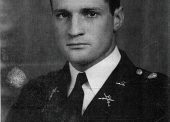
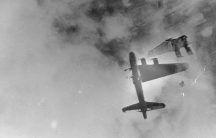
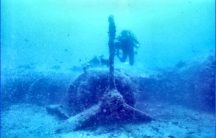
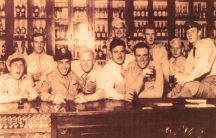
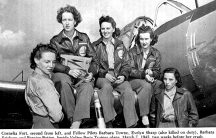
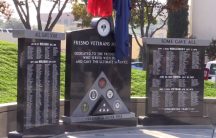
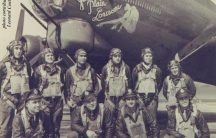
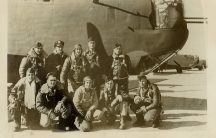
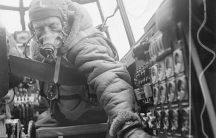









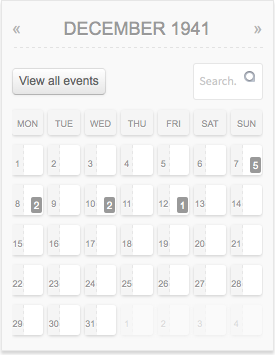







Ask Bill or comment on this story